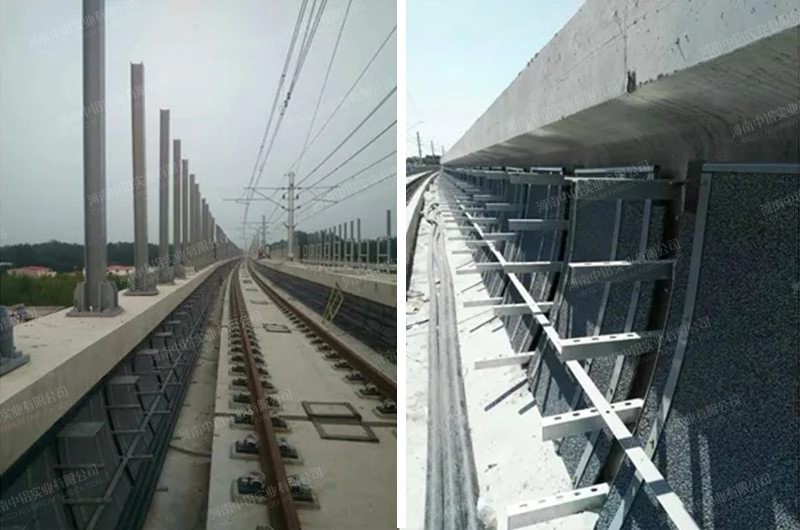
86 17344894490
service@chalcoaluminum.com
- Aluminum Forgings for Rail Vehicles
- Aluminum plate sheet for rail Rail vehicles
- Aluminum Profile for Rail Vehicles
Aluminum foam for railway vehicle
High speed train has the characteristics of light axle weight, frequent acceleration and deceleration and overload operation, which requires the body structure to meet the premise of strength and stiffness. As light as possible. Obviously, super light foam aluminum has high specific strength, high specific modulus, high damping and other properties consistent with the requirements. The Fraunhofer research center of the United States cooperated with the Talgo group of Spain to study and evaluate the feasibility of the application of aluminum foam for railway vehicle. It is found that the energy absorption capacity of the steel filled with aluminum foam is 35% to 40% higher than that of the empty pipe, and the bending strength is increased by 40% to 50%. Adding aluminum foam to locomotive head and tail buffer can increase the absorption of impact energy. The sandwich board made of 10 mm thick foamed aluminum and thin aluminum plate is 50% lighter than the original steel sheet, and the rigidity is increased 8 times. Under the support of the Sixth Framework Plan of the European Union, the Fran Hof (Fraunhofer) Institute of materials applied technology has systematically studied the use of aluminum foam as a cushion energy absorbing material for railway and aviation transportation equipment, and established a comprehensive design criterion and basic performance database.

Aluminum foam for railway vehicle
At present, China's relevant high-speed railway departments are studying the feasibility of using aluminum foam for railway vehicle as the floor and door of high-speed train. In order to speed up the solution of a series of major scientific problems and engineering problems facing the next generation of high-speed trains, the Ministry of Railways and China Academy of Sciences jointly established an advanced rail traffic Mechanics Research Center, which will tackle key problems in the research on the reliability of high-speed train materials and structures, and the theory and technology of noise reduction in high speed trains. With the continuous improvement of high-speed train operation speed, the impact of noise on passenger comfort and surrounding environment has become one of the key factors restricting the development of high-speed railway. Compared with the noise inside the vehicle, the noise outside the vehicle pollutes the environment more seriously. The reverberation noise and vibration generated when the high-speed train passes through the tunnel or two high-speed trains meet in the tunnel have a strong destructive effect. If it can not be effectively controlled, it may become the biggest obstacle to the development of high-speed railway. In order to reduce the noise pollution of high-speed trains, sound barriers must be established on both sides of Railways passing through densely populated areas and in tunnels. One of the main functions of aluminum foam for railway vehicle is sound absorption, and this performance can be adjusted by changing the hole type or sound structure. In addition, aluminum foam also has good anticorrosion, weather resistance and processability, so it is very suitable for sound absorbing materials in field noise barriers. Shinkansen Shinkansen is the lowest international railway noise in the world. Many of them use foam aluminum as sound absorption material. China also attaches great importance to the noise radiation of high-speed railway. In the joint action plan for independent innovation of China's high-speed trains signed by the Ministry of science and technology and the Ministry of railways, ten key technologies including high-speed railway noise were selected for research.

Free offer of products, welcome to consult at any time, we will give the first reply.Our Email:
